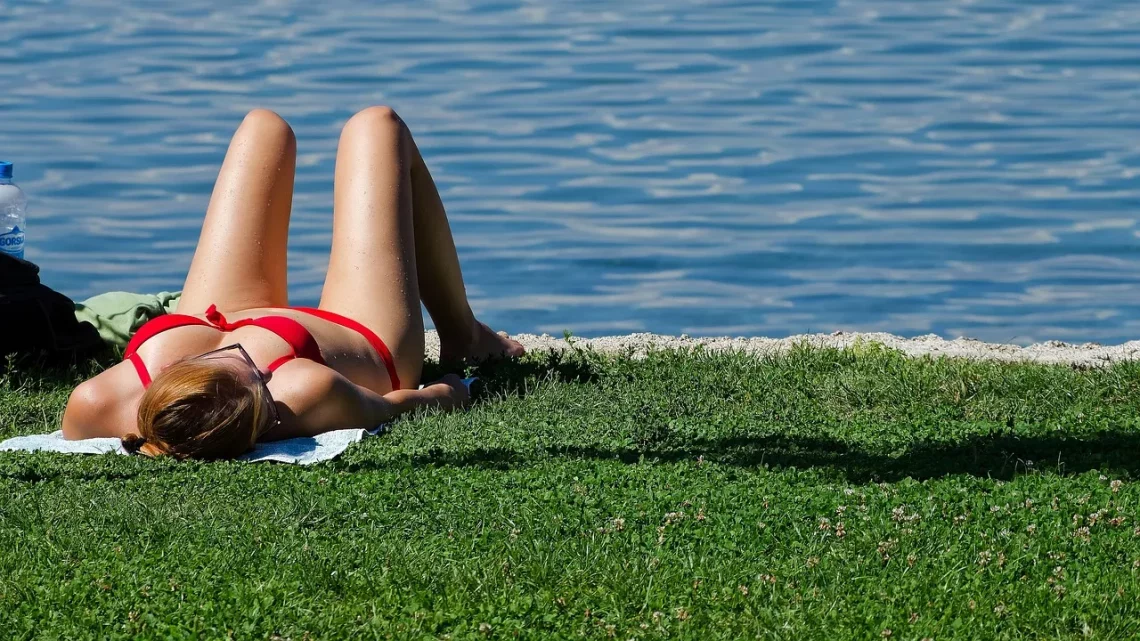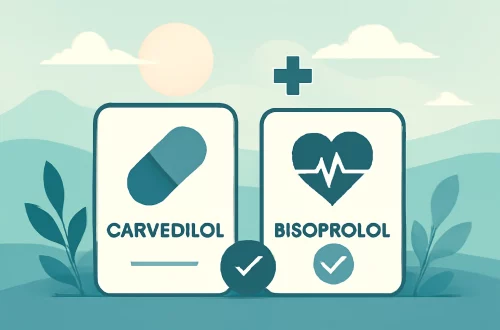
Does Tanning Lotion Expire? Understanding Shelf Life and Safety
Tanning lotions are a popular choice for individuals looking to achieve that sun-kissed glow without the risks associated with prolonged sun exposure. These products come in various formulations, providing different levels of color intensity and skin hydration. However, as with many cosmetic products, there is a question that often arises: Do tanning lotions expire? Understanding the shelf life of these products is crucial for ensuring not only the effectiveness of the tanning lotion but also the safety for your skin.
The ingredients in tanning lotions can change over time, potentially leading to decreased efficacy or adverse reactions. Just like food items, tanning lotions have a shelf life, which is influenced by several factors including the formulation, storage conditions, and the presence of preservatives. Knowing how to properly store and identify the signs of expired tanning lotion can help you maintain your skincare routine and avoid any unwanted side effects.
In this article, we will explore the factors that affect the shelf life of tanning lotion, how to properly store it, and the signs that indicate it may have expired. By gaining a deeper understanding of these aspects, you can make informed decisions about your tanning products and ensure that you are achieving the best results safely.
Understanding the Ingredients in Tanning Lotions
Tanning lotions typically contain a combination of active ingredients that contribute to the tanning effect, moisturizing agents, and preservatives. The active ingredient most commonly found in self-tanning products is dihydroxyacetone (DHA). DHA is a sugar-based compound that interacts with the amino acids in the outer layers of the skin, producing a temporary brown color. This reaction is what gives the skin a tanned appearance without the harmful effects of UV exposure.
In addition to DHA, many tanning lotions include moisturizing agents such as aloe vera, glycerin, and various oils. These ingredients are intended to hydrate the skin, enhancing the overall appearance of the tan and preventing dryness. Preservatives are also commonly used to extend the shelf life of the product by preventing the growth of bacteria and mold.
The stability of these ingredients can be affected by environmental factors such as heat, light, and humidity. For example, exposure to high temperatures can cause the oils in the lotion to break down more quickly, potentially leading to an unpleasant odor or change in texture. Understanding the role of these ingredients helps consumers make informed choices about their tanning products and recognize when a product may be past its prime.
How to Store Tanning Lotions for Longevity
Proper storage of tanning lotions is essential to ensuring their effectiveness and safety. To prolong the shelf life of your tanning products, it’s important to keep them in a cool, dry place away from direct sunlight. Heat and light can degrade the active ingredients, diminishing the quality of the lotion.
Many people store their tanning lotions in bathrooms, where humidity and temperature fluctuations can occur. Instead, consider keeping them in a bedroom or a closet where the temperature remains consistently cool. Additionally, ensure that the cap is tightly closed after each use to prevent contamination and exposure to air, which can also lead to oxidation and spoilage.
It’s also wise to check the product packaging for any specific storage instructions provided by the manufacturer. Some lotions may have unique requirements that can help maintain their effectiveness over time. By following these storage tips, you can help ensure that your tanning lotion remains safe and effective for as long as possible.
Signs That Your Tanning Lotion Has Expired
Recognizing the signs of expired tanning lotion is crucial for maintaining skin health and achieving the desired tan. One of the most apparent signs is a change in color or consistency. If the lotion appears darker, has separated, or has developed a lumpy texture, it’s likely time to discard it. An unusual odor, particularly a sour or rancid smell, can also indicate that the product has spoiled.
Another indicator is the effectiveness of the product. If you notice that your tanning lotion is no longer providing the same results, such as an uneven tan or a lack of color development, it may have exceeded its shelf life. Testing a small patch of skin before applying it more widely can be a good way to gauge whether the product is still safe to use.
Lastly, always check for an expiration date or a “best by” date on the packaging. While many products can remain effective for some time beyond the printed date, it’s best to err on the side of caution. If in doubt, it’s advisable to replace your tanning lotion to avoid any adverse skin reactions.
Safety Considerations When Using Tanning Products
When using tanning lotions, safety should always be a priority. First and foremost, it’s essential to conduct a patch test, especially if you are trying a new product or have sensitive skin. This involves applying a small amount of the lotion to a discreet area of your skin and waiting 24 hours to check for any adverse reactions.
Additionally, be mindful of the ingredients in your tanning lotion. Some individuals may experience allergic reactions to certain components, such as fragrances or preservatives. Always read the ingredient labels, and if you have known allergies or skin conditions, consult with a dermatologist before trying new tanning products.
Also, while tanning lotions can provide a beautiful glow, they should not be considered a substitute for sun protection. Although self-tanners do not contain SPF, it’s vital to apply sunscreen if you plan to be exposed to sunlight after using a tanning lotion. The skin can still be susceptible to UV rays, and protecting it is crucial to avoid long-term damage.
Finally, if you have any health concerns or skin issues, it’s always best to seek medical advice. The information provided in this article is for general knowledge and should not be taken as medical advice. Always consult a healthcare professional for any specific health concerns or conditions.
By understanding the factors that affect the shelf life of tanning lotions, ensuring proper storage, and recognizing the signs of expiration, you can enjoy safe and effective tanning experiences.




